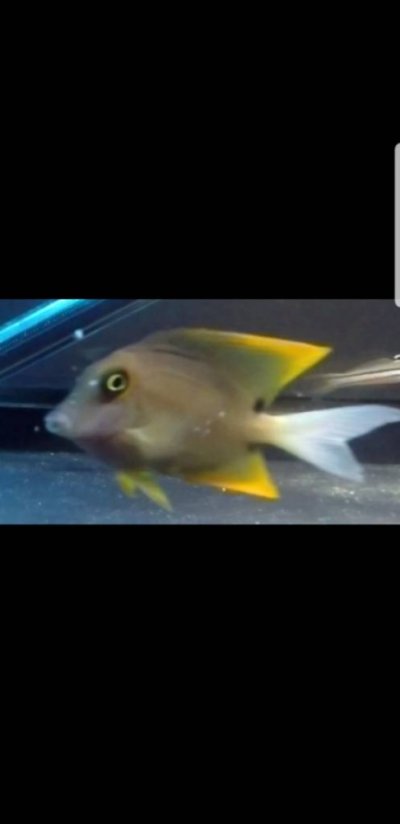Not sure on the carbon . I don't use any .
If the Ph is 7.8 or over you are probably best to let it be .
The fish will tolerate this without issue.
It is very difficult to raise the ph in hypo due to the low alkalinity level you get by using 1/2 the salt...Understand that 8.2 or 8.3 is what many salts mix at when brought to .024 and at .009 7.8 is what is to be expected.
If you really feel the need to raise your PH then baking soda is best method according to many.Store bought buffers will not be effective due to the waters low alkalinity..
This from reef central;
pH Control
pH is hard to control in a hyposaline solution because at this dilution, the buffer ability of the diluted saltwater is not good. Be prepared for this.
Make pH adjustments with pure baking soda (e.g., Arm & Hammer) you find in the grocery store, or better yet is sodium carbonate. Sodium carbonate can be made in the home oven. Take a pound of pure baking soda and spread it out evenly on a large cookie sheet. Put into a preheated oven to 350F. Bake it for 30 minutes. Take the sheet out of the oven, let cool to warm and put into an air-tight, clean container for use. Now the baking soda has been turned into sodium carbonate, a more potent pH + additive.
DO NOT try to control the pH with pH buffer or other off the shelf additives. Use only the two mentioned above or a specific strong pH+ control. Those buffers are expecting a full sp gr. They don't adjust the pH. BUFFERS DON'T ADJUST THE pH. Buffers just add chemicals in an attempt to balance magnesium, calcium, and alkalinity in the hopes of strengthening the buffering ability of normal salt water. They don't work in hypo!
Do not add the baking soda or sodium carbonate directly to the hospital/quarantine tank. Always thoroughly dissolve some powder in RO/DI or distilled water then drip/add that in slowly to move the pH up. One of the things about doing this treatment is that there will be some water evaporation. So dripping in a sodium carbonate solution can also help maintain the water level. It's trial and error. Make up the solution the same way each time, using the same amount of sodium carbonate prepared as noted above, and dissolved into the same amount of water. Then practice different drip rates, starting very slowly (1 drop every 5 minutes for a 15 gallon QT) and adjust it faster or slower in small increments until the pH remains the same. NOTE: Sodium carbonate doesn't dissolve well in water. Use distilled water or RO/DI water and add small amounts to it and stir well. Don't add more until what you've added before has dissolved.

